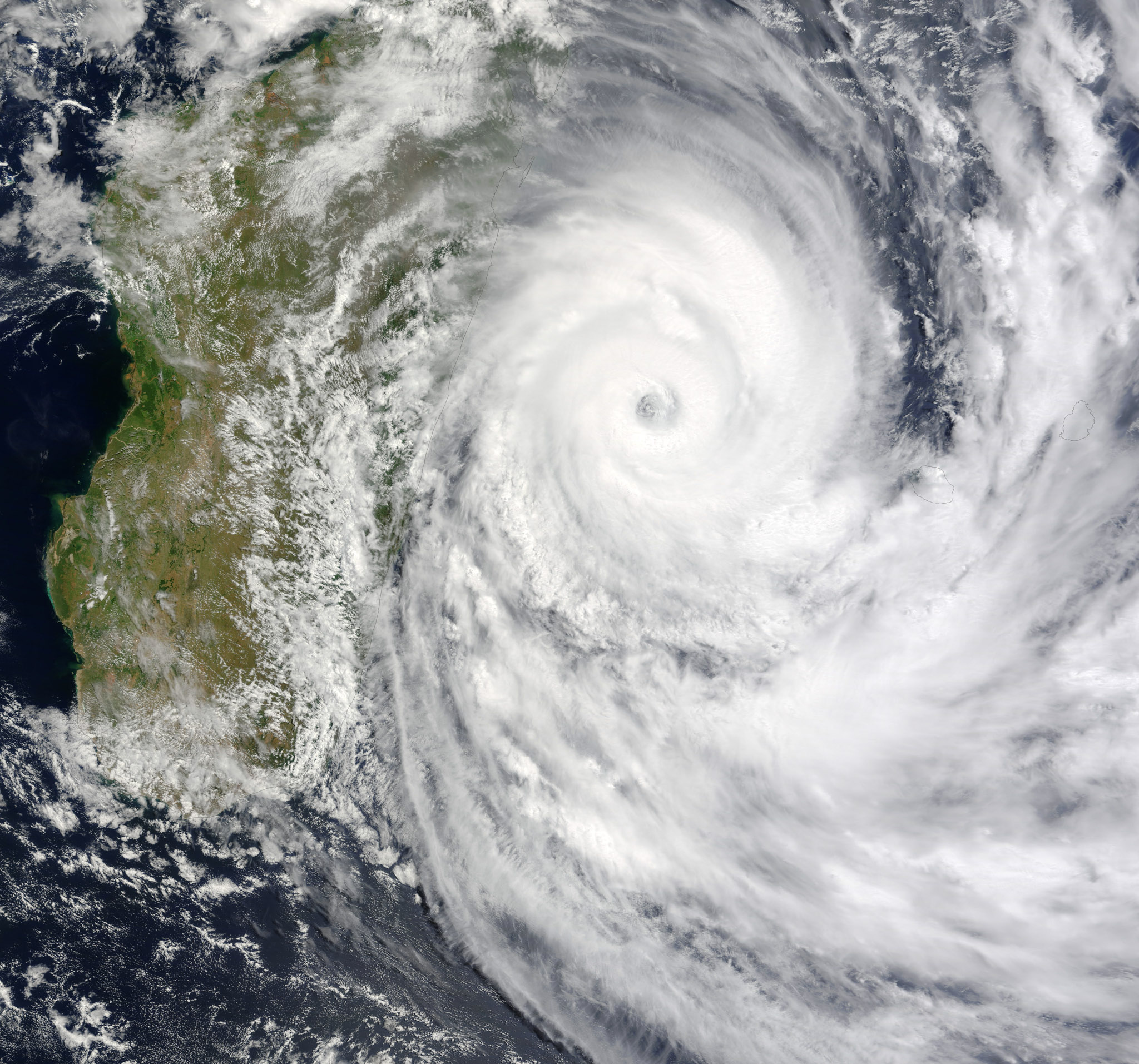Crisis management: how to prepare local territories
The catastrophic wildfires in the Gard department last summer highlighted the fact that local territories must be prepared to handle natural disasters. Although certain reflexes never vary, each disaster is unique and requires a tailored response. Sophie Sauvagnargues, a researcher at IMT Mines Alès who specializes in local management of natural crises, is taking part in organizing exercises to help prepare local authorities for these situations.
Each crisis is unique. It is not possible for the local territories concerned to learn the correct method for resolving crises, since each response is suited to a particular situation. So, how can they prepare themselves for the unexpected? “There are essential skills and competencies to develop, in addition to organizational and management methods to ensure preparedness and response,” says Sophie Sauvagnargues. A researcher at IMT Mines Alès in natural crisis management, she is working with other researchers to develop “realistic, educational crisis exercises that are immersive and adaptive, so that local territories are better prepared to respond.”
As such, the researchers are working with local authorities (municipalities and inter-municipal bodies), industry players and institutional authorities to help them prepare for natural crises and learn how to manage them. Examples of such crises include forest fires or floods, such as occurred in the southern half of France in late November 2019. Some regions are at greater risk than others, and some accumulate several types of risks. Other regions anticipate the development of new risks, as the expected consequences of climate change. Mountain regions will prepare for torrential flooding due to rising water levels, while Reunion Island will anticipate the consequences of being hit by a cyclone.
The Alès researchers studied this latter example through the ANR SPICy project, in partnership with BRGM, Météo France-Indian Ocean, BRLIngénierie and LACy. The project, which was completed in 2017, is still being followed up with new crisis anticipation exercises in Reunion — the most recent of which date from November 2019. The researchers reach out to municipalities to work with them on developing appropriate tools for managing a cyclonic crisis. These tools are then used in a simulated situation.
Realistic exercises
“It’s often the early stages of a crisis – mobilization and anticipation – that justify these exercises to the greatest extent,” says Sophie Sauvagnargues. The researcher and her colleagues carry out preliminary work to provide a detailed analysis of the present situation at the municipal level, then develop a tailored, fictional crisis-management scenario for each municipality and provide on-site support to play out this scenario. “The preparatory work needed to develop these exercises is extremely important,” she adds, “for these local crisis centers in Reunion Island, it went on for several months.” The scenario must reflect the context and reality, and be tailored for the organization in question.
One of the first steps is to gain a clear understanding of the context surrounding the requested exercise. This requires an in-depth understanding of the municipalities’ crisis organization and the position of the inter-municipal body with jurisdiction over this area. The learning objectives must also be determined in advance – if they have not been specified by the participants – as well as the phenomenon that would initiate the crisis. This involves analyzing what has worked and what hasn’t in previous crises to identify areas for improvement. “We design the scenarios with disruptive events calling for specific competencies and skills,” explains Sophie Sauvagnargues.
A great deal of documentation is required to ensure the credibility of these disruptive elements and the scenario as a whole. “For the ANR SPICy project in Reunion Island, we had to reconstruct an increasing cyclone warning level, at the meteorological and hydrological level,” says Sophie Sauvagnargues. “We worked with Météo France for the plausibility of cyclone activity, but the entire crisis had to be designed to reflect the geographic, meteorological and institutional situation.”
Observing in order to correct
The exercises recreate a plausible, absorbing environment to immerse participants in a real-life situation for an hour and a half. Sophie Sauvagnargues and her team separate the participants and the organizers into two different rooms. It’s up to the participants to play out the sequences, by determining what actions and decisions should be taken to manage and anticipate the arrival of the cyclone and best prepare for it.
“We stay in communication with them to support and guide them throughout the scenario,” explains Sophie Sauvagnargues. “That means being able to adapt to questions we hadn’t expected and keeping an interactive attitude while guiding them toward the intended learning goals.”
The researchers also observe group dynamics, how decision-making is organized and collaboration. “We aren’t there to judge their decisions, but to assess a group and how it works,” she asserts. “That’s essential so that we may then discuss the exercise in terms of strengths and weakness, difficulties encountered, and their feelings in relation to the original objectives. Our goal is to take an objective look at how the exercise went.”
New crisis management tools
“As part of the SPICy project, we’ve developed Graduated Response Plans for the municipalities,” says Sophie Sauvagnargues. In addition to the Local Response Plan that at-risk municipalities are required to implement, the Graduated Response Plans divide the phases of crisis management into several scenarios. These scenarios have been calculated depending on the risks and evolve with the intensity of the crisis.
A plan has been established to suggest responses depending on each scenario. This may involve road blockades during floods, impacted areas, required immediate action such as neighborhoods to be warned first.
“This Graduated Response Plan provides those involved in crisis management with a set of actions ready to go, so they won’t forget anything, by giving them more time to focus on the specific characteristics of the crisis,” adds Sophie Sauvagnargues. This is one example of a tool that can be developed through working with municipalities. In addition to training local authorities, crisis management exercises also provide an opportunity to develop tools to meet specific local needs.
Tiphaine Claveau for I’MTech





Leave a Reply
Want to join the discussion?Feel free to contribute!